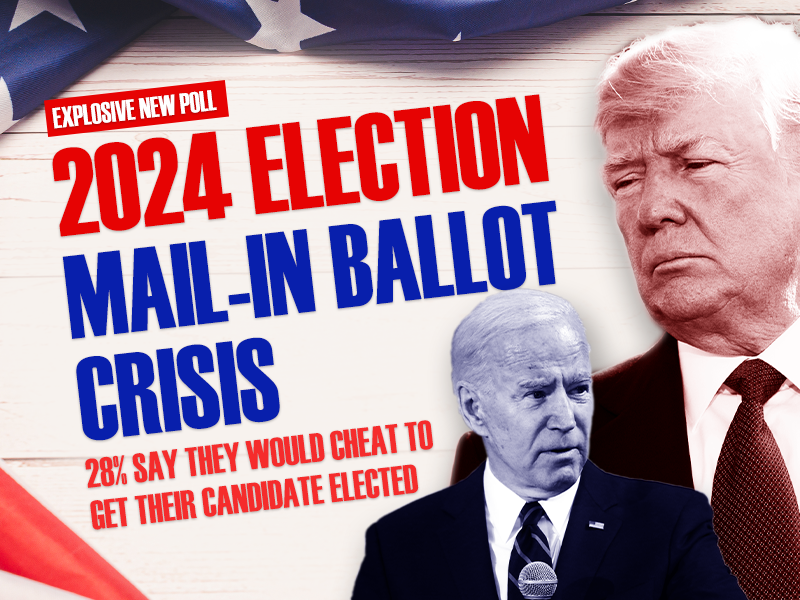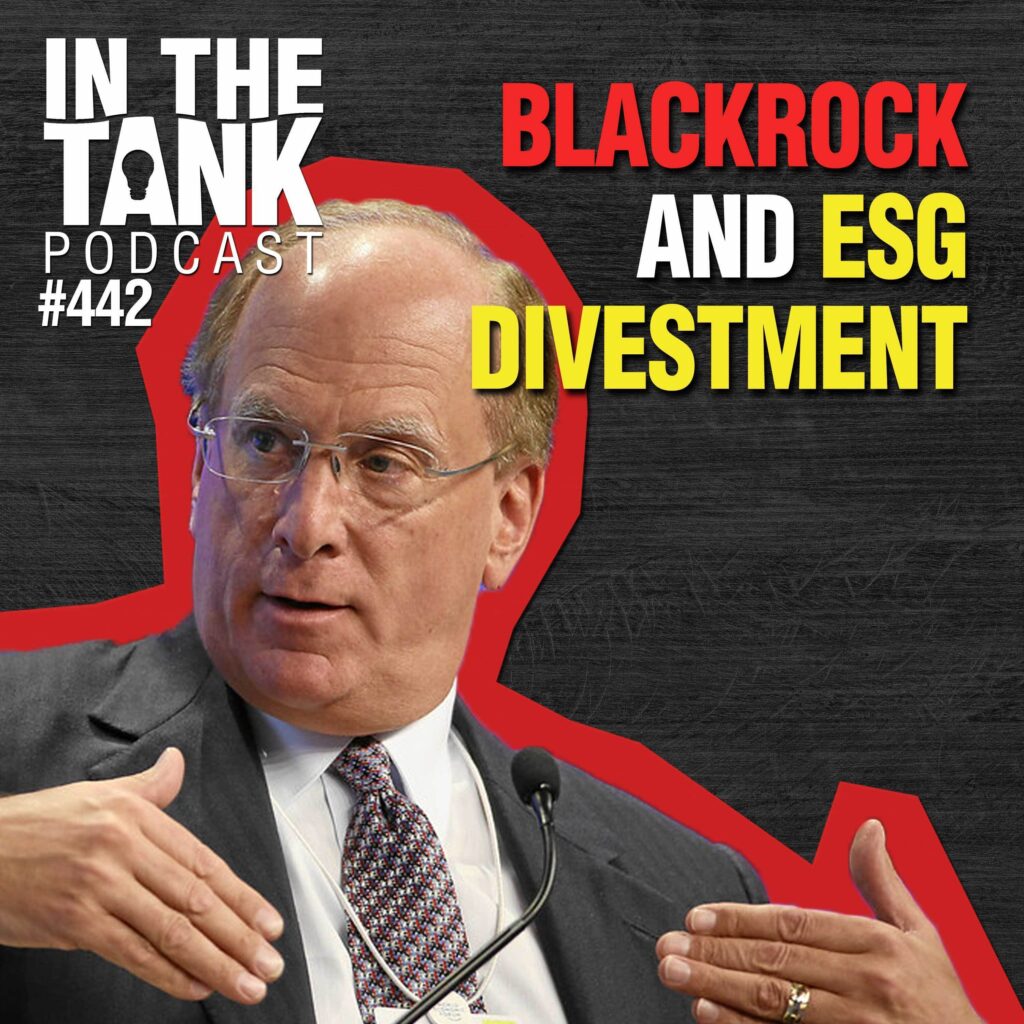In an earlier post (July 6, 2022), I highlighted eight Supreme Court cases on the 2022-2023 docket which I consider to be significant and should be watched. All of those cases have been argued and decisions are pending. As opinions are issued, I will provide an update.
Here I am adding eight additional cases pending in this term:
- Biden v Nebraska. This is one of two cases dealing with the power of the President and the Executive branch to modify or forgive student loans. In this case, it is six States that are challenging the constitutionality of the loan forgiveness program adopted by the Department of Education.
- Department of Education v Brown. This is the second of the two cases dealing with the power of the President and the Executive branch to forgive student loans. In this case it is a group of individuals who are challenging the constitutionality of the loan forgiveness program adopted by the Department of Education.
- Axon Enterprises, Inc. v Federal Trade Commission. This is one of two cases dealing with the power of administrative courts within administrative agencies to render opinions concerning the actions of the administrative agency and the jurisdiction of US District courts to review those administrative actions and administrative opinions.
- Security and Exchange Commission v Cochran. This is the second of the two cases dealing with the power of administrative courts within administrative agencies to render opinions concerning the actions of the administrative agency and the jurisdiction of US District courts to review those administrative actions and administrative opinions.
- Counterman v Colorado. One of the exceptions to the right of free speech under the First Amendment is if a statement presents a “true threat”. The issue in this case is whether a speaker must know or intend the statement as a threat.
- In re Grand Jury: Although this case has already been dismissed as improvidently considered, the central issue will surely be raised again and should be watched. The issue is the scope of attorney client privilege when a communication or meeting involves both business issues and legal issues which are intertwined.
- Twitter, Inc. v Taamneh. The question presented is whether an internet platform “knowingly provided assistance to international terrorism by not taking more aggressive action to prevent its use and if it is liable as an aider and abettor to the terrorist acts. The statute at issue is 18 USC 233.
- Tyler v Hennepin County, Minnesota. This is a “takings” case involving a County forfeiture of property for failure to pay a tax where the value of the property substantially exceeds the amount of the tax and the County retains the excess value.
We are sadly living in a time which can be described as Orwellian where words get redefined to fit a political narrative and dissent from that political narrative is suppressed. Constitutional rights are increasingly brushed aside as inconveniences. It was not long ago that Americans were largely united in support of free speech and the press broadly defined would largely resist attempts by the government to enlist them in suppressing speech or minority or contrary viewpoints.
The abuses of power and distortion of language have become so common that we are at risk of getting desensitized. At Stanford University, Federal Fifth Circuit Appellate Judge Kyle Duncan faced an angry mob in the Law School when he was prepared to speak pursuant an invitation from the Federalist Society chapter there, which mob shouted him down in a vile manner. After the Law School dean and Constitutional law professor, Jenny Martinez, issued an apology to Judge Duncan hundreds of students protested and tried to disrupt her class.They claimed they were merely exercising their right of free speech. The apparent cause of the protesters’ actions was his disagreement with Obergefell v Hodges (which legalized same sex marriage) and his refusal to use pronouns that do not match biological sex at birth. In lockstep, most of the people on the Left trotted out the argument that, since Stanford University is a private college, the First Amendment to the Constitution does not apply.
We all know about the “mostly peaceful” protests in the summer of 2020. There were at least 20 people killed and a half billion dollars in damages in the US during these “mostly peaceful” protests.
We are now about to have the first time that an ex-President is indicted for an alleged crime. Manhattan District Attorney is charged former President Trump with a felony for allegedly making a hush money payment to former porn actress Stormy Daniels and entering it in his business records as a legal expense. We are hearing from Leftist publications and opinion writes and journalists and politicians that ‘nobody is above the law’. Notice that “nobody” apparently doesn’t include Hillary Clinton, Joe Biden, Hunter Biden, or the people who attack Orthodox Jews in Manhattan and Brooklyn or the shoplifters and carjackers in cities across the country.
In a future post, I intend to deal with the question of the collusion between government and private institutions and companies to suppress speech. As many of my readers know, I teach Constitutional law. I intend to survey my students this fall on the question of when this type of collusion makes the suppression of speech a First Amendment violation. I welcome readers of this post to weigh in on the issue. Does the financial benefits provided by government to private institutions and companies and the threat, sometimes explicit but more often implicit, to deny financial benefits implicate the First Amendment? Does it matter if the government “suggests”, rather than “compels” private institutions and companies to suppress particular people or viewpoints?
In this post, I want to discuss the two cases dealing with the loan forgiveness program—Biden v Nebraska and Department of Education v Brown. First, as background the Constitution delineates the powers of the Legislative branch in Article I and the powers of the President and Executive Branch in Article II. The President is designated as commander in chief and is vested with the power and the duty to enforce the law. The President has the power to veto legislation enacted by Congress and vetoes can only be overwritten by a 2/3 vote of both the House Representatives and the Senate. The President is not authorized to exercise legislative power. Article III grants the Judicial power to the courts.
This division of power and authority—the separation of powers—is an important feature of our system of government. Regulatory agencies are within the Executive branch. Just as the President cannot unilaterally make the law, neither can regulatory agencies by the adoption of regulations. Congress often writes legislation with broad language and regulatory agencies, in purportedly interpreting and implementing the legislation, will take advantage of the broad language to make law in ways not granted by Congress. This has given rise to what is known as the administrative state and allows Congress to avoid the task of legislating.
Both of the above cited cases deal with the loan forgiveness program adopted by the Biden Administration via a regulation of the Department of Education. The regulation was adopted pursuant to a Federal statute known as the HEROES Act, which was passed after the September 11, 2001 terrorist attacks, which gave the Secretary of Education the power to respond to a “national emergency” by making changes to the student loan program so that borrowers would be no worse off because of the emergency. In both cases, the question of standing was also an issue.
Standing is the legal requirement that a party bringing a lawsuit must be personally affected or injured by the actions of the party being sued. Focusing on the case brought by six State Attorneys General—Biden v Nebraska—the primary argument in support of the claim of standing is that by forgiving student loans it cuts off funding for holders and servicers of student loans, including those created by the States. Looking at the arguments in oral arguments tells us (or hints at) where the Justices are on the two questions that will determine the outcome: First, do the States have standing; and second, if they do then is forgiving student loans is within the power of the Secretary of Education and the Executive branch.
One of the largest holders and servicers of student loans is the Missouri Higher Education Loan Authority (“MOHELA”), which was created by the State of Missouri. Both Justices Sotomayor and Kagan pointed out that, in their view, MOHELA is a separate entity from the State of Missouri and the State of Missouri is not the party allegedly harmed by a financial injury to MOHELA. Justice Alito, on the other hand, asked U.S. Solicitor General Elizabeth Prologar whether there was any precedent for her argument that MOHELA was a separate entity from the State of Missouri. Of course, the answer is no.
On the question of the power of the Secretary of Education and the Executive branch to forgive student loans pursuant to the HEROES Act, many of the Justices focused on the text of the Act. Justice Thomas pointed out that the Act gave the Secretary of Education the authority to respond to a “national emergency” by “waiving or modifying any statutory or regulatory provision” governing the student loan program and he asked whether loan forgiveness is a waiver or modification of the student loan program. He pointed out that other provisions in the HEROES Act used the term “cancellation” but that word was not used in the section giving the Secretary of Education the authority to “waive or modify” provisions relating to student loans. He asked if that didn’t indicate that the term “waive or modify” did not include cancellation.
Justice Roberts observed that “we’re talking about half a million dollars and 43 million Americans” and asked “how does that fit under the normal understanding of ‘modifying’?” Justice Gorsuch focused on the language in the HEROES Act that a modification of waiver must not put borrowers in a worse position financially” than before the national emergency and the authority claimed by the Secretary of Education and the Executive branch eliminates debt for 20 million Americans and cut the debt by more than half for the rest of the affected Americans rather than preserving the financial position of borrowers.
Justice Roberts further said: “This reminds me of the case we had a few years ago under a different administration where the administration tried, acting on its own, to cancel the dreamers program, and we blocked that effort. And I wonder, given the posture of the case and given our historic concern about the separation of powers, that you would recognize at least that this is a case that presents extraordinarily serious, important issues about the role of Congress and about the role that we should exercise in scrutinizing that?”
Justice Kavanaugh questioned whether the “national emergency” declared by President Trump in March, 2020 in response to the COVID pandemic was still ongoing and he pointed out that the some of the “finest moments in the court’s history” have been in “pushing back against presidential assertions of emergency power”. For example, in the 1952 case of Youngstown Sheet & Tube Company v Sawyer, the Supreme Court, by a 6-3 vote, declared that President Truman did not have the power to force the nation’s steel mills to remain open by declaring a national emergency.
Several of the Justices asked if this case comes under the “major questions doctrine”. Under that doctrine for matters of “decisions of vast economic and political significance”, a statute granting authority to an administrative agency must speak clearly as to the authority given. Justice Roberts clearly felt that this case comes under the “major questions doctrine”. He observed that to accept the Biden Administration’s view that Congress has no role in approving the loan forgiveness program and the challengers have no standing to sue so that there is no judicial role either, the division of power between the Executive, Legislative and Judicial branches is undermined, inviting “abuse”.
Justice Sotomayor stressed that “there are 50 million students who will benefit from” loan forgiveness and the States were arguing that judges rather than the experts at the Department of Education should have “the right to decide how much aid to give these borrowers”. This was a clear statement that experts, rather than the Congress, which is elected by the people, should have the power and authority to make the law. After all the claims of a democracy under threat, it is odd to hear a Supreme Court Justice make such an argument. Of course, the Solicitor General., arguing on behalf of the Biden Administration, supported this argument that experts should make the decision about student debt forgiveness.
We will find out later this spring or summer if the Biden student loan forgiveness program will be upheld or struck down by the Supreme Court. I expect it will be struck down.





